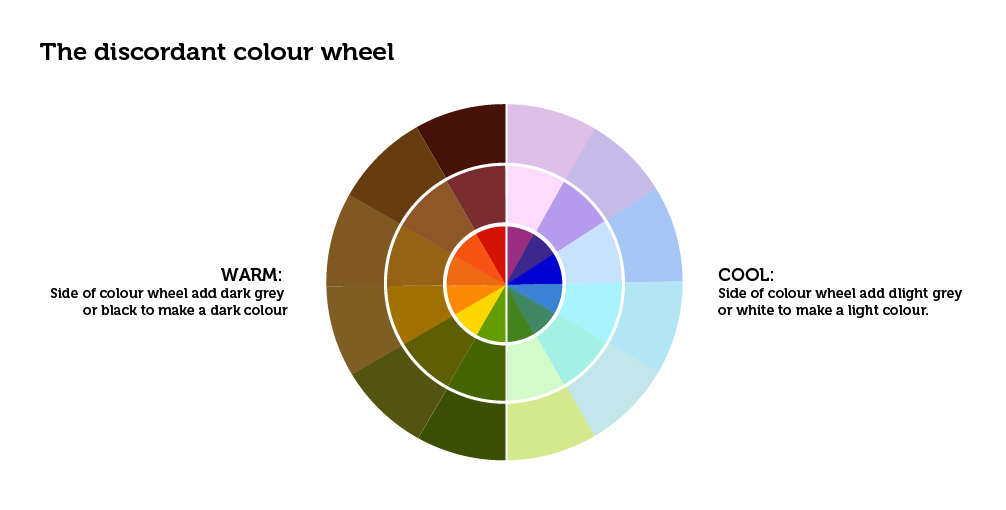Several lifetimes ago, when working in a fine wine store surrounded by the great marques of beautiful vineyards, I found it difficult to avoid an attachment to the bottles on the shelves. Labels would take me to 17th century family run vineyards in tiny pockets of France and Italy. “They’re shoes, Jack,” my manager would reinforce to clarify my relationship to them. They were units with a sales margin, and we had to move them to keep the shop running.
So, when the VEDT began work on six new units in interior design, I couldn’t help but think of the interiors I had visited – Robin Boyd houses, Marion Mahony Griffin interiors, and afternoons in antique furniture auction houses. Beautiful things, sumptuous and austere. But with the shoes analogy in my head, our team got to work unpicking the units of competency so they’d meet the required VE standards for a compliant delivery.
 American ‘Shaker’ style interior
American ‘Shaker’ style interior
The VEDT normal approach is assessment-led design, which allows us to inform our content from the assessments, ensuring students don’t miss any content when they’re being assessed. The white-knuckle fear of getting to an assessment question that you have no recollection of covering in class is not something we wish upon anyone. In this instance, we had to proceed without assessments as they were being developed by a third party and wouldn’t be available by our handover deadline.
This required the learning designers Ardis Cheng and Andrew Newhouse to leave sufficient space in the material for the school to alignment to the assessment. This provided an additional challenge with the tight timelines , but the access to library resources and reference material from pre-existing courses helped move things along.
We also had the opportunity to implement a glossary across the courses – an uplift element that our team helped developed as part of a pitch tank initiative last year. Luckily, the school had already developed a term and definition list, which made integrating this uplift feature much easier.
This interior design history timeline is embedded in the course.
Another challenge we faced early on was supporting material that required copyright assertion. Permission needed to be sought from the original publisher, or the materials had to be redeveloped. Using pre-existing material always presents a surprise once you look under the hood. Multimedia designer Claire Tao spent some time re-drawing a whole suite of colour mixing charts (pictured) that RMIT can now use across other VE programs. This resource will shortly make its way into the central library collection to be searchable by other Schools.
 Colour wheel by Claire Tao
Colour wheel by Claire Tao
Despite these challenges, we had some valuable direction and support from the School under Nancy Everyingham’s direction. One-on-one sessions with the teaching staff allowed the learning design team to understand the material, and reviews by the program managers following the build process ensured the project stayed on track. Although the assessments are still yet to arrive at time of writing, we’re looking forward to these new units rolling out next year as part of VEDSC’s online delivery. They include:
• Source & apply information on the history & theory of design.
• Research & meet ethical & compliance requirements.
• Design colour schemes interior & exterior for spaces.
• Establish & maintain environmental sustainable creative practice.
• Present a body of own creative work.
• Research & rec hard materials & finishes.
• Measure up & calculate fabric quantities for window coverings.
One of the best parts of the VEDT is being able to experiment with new ways of displaying content within a digital environment to create engaging learning for VE students. The bonus is to share what we learned along the process and handover these discoveries to the school. Interior Design Program Manager Jenny Crowley sums it up nicely:
“What the VEDT team has done has been fabulous, it’s brought our content into current practices. You’ve showed us some innovative techniques and imagery and formative quizzes. Seeing this content has helped our staff try new things.”
The Vocational Education Design Team is proud of how these units came together and keen to hear the first round of feedback from students in 2020.


